In the stream near the hotel there was another Anole, perhaps the most interesting of all the species here and certainly unique. It was the Cuban Stream Anole Anolis vermiculatus. It is endemic to Cuba and found only in Pinar del Rio in the Cordillera de Guaniguanico. It is semi-aquatic and only found near streams usually in deep shade and so is not easy to photograph. I had to use flash to get any pictures at all. They are very wary and will jump into the water at the slightest disturbance. They can either stay submerged or run bipedally across the surface on their hindlegs to escape. Alternatively called the ‘crocodile anole’ they even have a tooth pattern along the sides of the jaw! They feed on fish, crustacea and aquatic insects as well as fruit. They don’t possess a dewlap and so males display using head-bobbing movements. The photo on the right looks as if it might be a pregnant female - either that or it had a very large breakfast!
|
Our final day had arrived and we had just the morning left to explore before heading off for the airport. In the stream near the hotel there was another Anole, perhaps the most interesting of all the species here and certainly unique. It was the Cuban Stream Anole Anolis vermiculatus. It is endemic to Cuba and found only in Pinar del Rio in the Cordillera de Guaniguanico. It is semi-aquatic and only found near streams usually in deep shade and so is not easy to photograph. I had to use flash to get any pictures at all. They are very wary and will jump into the water at the slightest disturbance. They can either stay submerged or run bipedally across the surface on their hindlegs to escape. Alternatively called the ‘crocodile anole’ they even have a tooth pattern along the sides of the jaw! They feed on fish, crustacea and aquatic insects as well as fruit. They don’t possess a dewlap and so males display using head-bobbing movements. The photo on the right looks as if it might be a pregnant female - either that or it had a very large breakfast! We also looked again for the adults of Perching Saliana Saliana esperi soroa, without success this time, but whilst we were looking I heard a whoop of excitement from Rayner not far away. He had found a skipper larva in a leaf fold on a low plant and didn’t recognise it. Further searches produced several more in a small area. A couple were retained for breeding through and this confirmed that they were indeed, as Rayner had suspected, Saliana esperi. This is the first time that larvae have ever been found in Cuba. The plant was Costus spiralis (Costaceae) which is not native in Cuba, being an introduction from Central America. This raises the question - was it brought in to the country originally on this foodplant? The Cuban subspecies S. e. soroa differs from those on the continent which perhaps indicates that it has been here a considerable time. Or is there another native foodplant still to be discovered? The feeding damage on some of the leaves was very distinctive looking as if they had simply been cut off at the end with a pair of scissors! We also had fabulous views of a Red-striped Leafwing Siderone galanthis by the bridge below the hotel entrance. It flew round slowly at close range below eye level for about half a minute but only settled once very briefly so no pictures unfortunately. What a fabulous end to our two week trip! We will certainly come to Soroa again and the only question is how long to stay, it will have to be for at least a week and maybe longer. Our thanks again to Rayner and our drivers Duviel and Vollo for making it so enjoyable.
0 Comments
Today we again went to the top of the hill and walked down a short way before a shower sent us back to the vehicle for shelter. Somebody had left a cut guava beside the road and on it was feeding a Dusky Emperor. We had seen these on three previous days of our holiday though they were never fresh and never close so it was nice to be able to get prolonged views of this one as it fed at close range. We decided to explore the edges of the hotel garden and Rayner quickly spotted a Perching Saliana Saliana esperi settled on broad-leaved low vegetation as they often do. They can also settle on the underside of leaves as several of the skippers do. This butterfly is found in Central and South America but in the Caribbean it is found only on Cuba, where it was discovered as recently as September 1991, and Trinidad which is only a stone’s throw from Venezuela. It has been given subspecies status Saliana e. soroa. The foodplant is unknown in Cuba and the larvae have never been found on the island till now but… see the next blog! Rayner also managed to see Perichares philetes Caribbean Ruby-eye here too but although I was only yards away each time I missed it on both occasions and it didn’t reappear. They are found only in the deepest shade and often very close to streams. This was a lesson to me as I had never thought of looking in such deep shade for butterflies before. Next to the hotel was a small weedy field with sugar cane growing in part of it, and quite a few wild flowers. It looked promising and on entering we immediately saw Antillea pelops Antillean Crescent. This was a good start and the only one we saw during the whole holiday. Then we found both Caribbean Sailor Dynamine serina and Mexican Sailor Dynamine postverta with males and females of each. They were taking moisture from the stems of the sugar cane and sunning themselves on the leaves. We also later in the day watched Siderone galanthis Red-striped Leafwing do the same thing. We found a Sleepy Orange Abaeis nicippe pupa in the grass and there were also several skipper species nectaring on the flowers here including two or three Euphyes cornelius Cornelius Skipper. They weren’t in the best condition unfortunately but still nice to see as we had only seen one once before some 15 months previously. They breed on sugar cane and I suspect this field was never sprayed so presumably they were breeding here. Bauhinia is a flowering shrub/tree with several species in Cuba belonging to the family Fabaceae. They are a good nectar source for several species and a larval foodplant for two skippers Emerald Aguna Aguna claxon and Gold-spotted Aguna Aguna asander. Whenever we saw Bauhinia we made a point of searching for feeding damage and larvae. There were some Bauhinia bushes on the edge of hotel garden which were buzzing with activity with Oviedo’s Swallowtail Heraclides oviedo, Polydamas Swallowtail Battus polydamas, Statira Sulphur Phoebis statira and Cloudless Sulphur Phoebis sennae and a search here provided one Aguna egg and quite a bit of feeding damage but despite much searching, no larvae. Rayner wasn’t sure to which of the two species the egg belonged. It was also interesting to see how variable the male Cloudless Sulphur Phoebis sennae were. I have mentioned before that here at Soroa there are 25 species of lizard including a remarkable 11 anole species. Whilst photographing a West Indian Woodpecker that was nesting in a hole drilled in a telegraph pole I noticed a movement at my feet. It was a female Cuban Green Anole Anolis porcatus being chased by a male who eventually grabbed her by the head before mating with her. At the top of the hill above the Orchidarium is the Castillo en Las Nubes that was severely damaged by the hurricane in 2009. When we saw it last in February 2014 it was derelict and we said then that it would be great if it was done up because of the fabulous location. It is owned by the government and is part of the hotel group in which Hotel Villa Soroa is run. While we were there on this occasion it was being renovated to a high standard and wasn’t far off being finished. The floor layer was working at nights to lay the internal and external tiles as it was cooler than doing it during the day. The security guard told us that in the mornings there were hundreds of moths attracted to the light that was being used and suggested that if we came up late one evening we could see them, so we did! We stayed for about an hour and there were lots of moths as well as other fascinating insects coming to the twin fluorescent light that they had hung temporarily on the outside for us. And four species of longhorn beetle were attracted to the light. Another amazing day with lots of great wildlife sightings and a total of 53 butterfly species seen today – one up on yesterday!
I am indebted to Douglas Fernández for sending me lots more top quality photographs to use on the website. Doug lives at Camagüey in the centre of Cuba. Doug has been breeding Cuban butterflies and studying their life-cycles for many years, many of them bred in his garden where he has planted a wide selection of larval foodplants. This brings the total illustrated on the website to 162 species - thank you Doug. All his images are now loaded and I include a selection below. Soroa is a wonderful place for wildlife. We were up early for a walk around the gardens to see what birds were about first thing. I spent some tome photographing both west Indian Woodpecker and Northern Flicker that were finding insects probably ants along the edge of the paths and at the base of one particular tree Roystonea regia or Royal Palm, the national tree of Cuba. Many of the trees in the hotel grounds are huge, this one included. On our previous visit here we had spent an afternoon in the Orchid Garden next door but the weather wasn’t great and we had therefore seen few butterflies. We had previously been told that the area at the top hill behind the Orchidarium was excellent so we planned to go up in the vehicle and walk down looking to see what we could find on the way. The view at the top was fabulous and while waiting for the weather to warm up a little we found several Sleepy Orange Abaeis nicippe larvae. At the top here I also found a larval shelter on a low plant about a foot off the ground which when opened we thought was Common Long-tailed Skipper Urbanus proteus. It was only a few days ago when going through and checking the pictures that I started having doubts - especially the hairy head that just didn't seem right. A few emails with the guys in Cuba and it looks like we seriously slipped up at the time. It looks like the larva of the the rare and endemic Cuban Longtail Chioides marmorosa! If you click here you can read more about this fabulous butterfly that was only rediscovered in 1993 and for which larvae were first found in 2014. If I had realised that at the time I would have kept it and bred it through to be sure and the plant it was on doesn't appear to be Hebestigma cubense which adds to the mystery. Maybe it is just a Common Long-tailed Skipper Urbanus proteus larva as they are very similar. An attractive Pyralid Diaphania sp. was sitting in the grass. It was a female and releasing pheromones to attract a mate. As soon as the temperature rose a little there were Dusky Emperor, Iphicleola Sister and Silver Emperor flying about and settling to warm up in the sun. There were also a few White-fanned Anoles Anolis homolechis up here and the males were displaying to each other by flicking out their dewlap. In this species it is white as the name suggests but each species differs. Here at Soroa there 25 species of lizard including a remarkable 11 anole species. We only saw three but included one of the most remarkable - more on this later! If you click here you can read a very interesting paper on the habitat niches adopted by the different Anolis at Soroa and how this might serve to reduce competition. On our way down we saw four Swallowtail species including Cuban Kite E. celadon and about six Polydamas nectaring on the Tournefortia flowers. All were very worn as can be seen below. You can also see the fuller more rounded wings of the females (above) as this one was pursued relentlessly by a male. We also saw a male Atalopedes mesogramma Mesogramma Skipper. We have seen females a couple times previously, which differ in having a white bar on the underside hindwing, but never a male . La Sagra's Flycatcher is a common permanent resident endemic to the Caribbean found only on Cuba, Bahamas and Grand Cayman. We saw it quite often but today whilst photographing the polydamas one came down to dustbathe behind me and then sat up panting in the heat - it was over 30⁰ by now. And then a Red-striped Leafwing Siderone galanthis appeared and flew round before settling on a bush about ten metres away. Panic - I took two slow steps towards it and it flew again before settling in the same place. We had seen this species first in March in the Sierra Maestra but only very briefly, and again on the Guanahacabibes peninsular last week but got not a sniff of a photo. While it flew the second time a rattled off a few pictures on the off chance of getting something in flight and I got a couple more this time when it settled before it shot off down the track and didn't reappear. Not great shots but it was something and the best views we had had so far. They belong to the Sub-Family Charaxinae in the Nymphalidae - what a stunner! By the side of the road was a small hut that was being built of blockwork, the mortar for which had been mixed by the roadside and on which various butterflies were taking moisture and minerals including several very smart freshly emerged male Marpesia chiron Many-banded Daggerwing. And further down lots more butterflies appeared on the verge, several species of Skipper, a Malachite Siproeta stelenes and the ubiquitous Anartia jatrophae White Peacock. As we neared the bottom of the hill a group of people were walking up and I got chatting to the father of a small boy that I thought was holding a plastic snake so I didn't pay much attention. It was only as they were leaving that I realised that it was alive - and of a species that we hadn't seen before Cuban Lesser Racer Caraiba andreae. I hope he let it go safely. We also found more Oviedo's Swallowtail larvae of all sizes feeding on Piper peltatum. Most interesting was the final instar that when seen head-on showed a remarkable resemblance to a snake - isn't evolution amazing! All in all a fantastic day with 52 butterfly species seen, that's about 30% of all the resident species in Cuba in one day - and all within about one mile!
Many of you will have seen the news on Friday of the devastating floods that occurred in Dominica and Haiti that day as a result of Hurricane Erika which was then predicted to travel across Cuba towards Florida. So it was good to hear on Saturday 29th August that Erika had been down-graded to “a trough of low pressure”.
The tropical storm had killed 20 people in Dominica and at least one person in Haiti. These two countries form the island of Hispaniola which lies just to the east of Cuba. Still posing a threat of wind gusts and flash floods, the remnants of Erika were then expected to move over central Cuba, potentially providing welcome relief from the recent drought. Today we received an email from our friend Orlando confirming that the tropical storm had not been a problem where he lives at Bañes, Holguin. Although there had been very heavy rain at Baracoa in the far east it had not brought the much needed rain to Bañes that they had hoped for, so many reservoirs, wells and rivers remain dry causing severe water shortages. And this is meant to be the wet season! We are always interested to get weather reports from Orlando and our other friends in Cuba not only because it can create great hardship for the local population but, just as here in England, butterflies and their habitats are also greatly affected by the weather. Lets hope things improve soon for all. |
Welcome to our Blog
Here we will post interesting news about what we and others have seen in Cuba. Archives
July 2024
Categories |
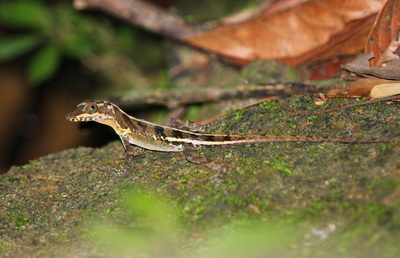
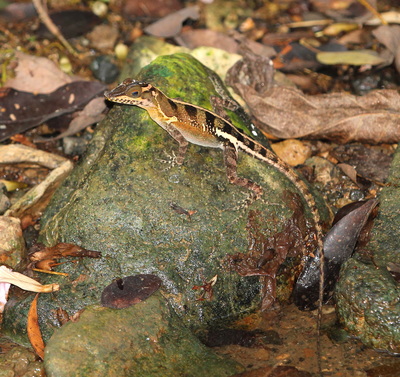
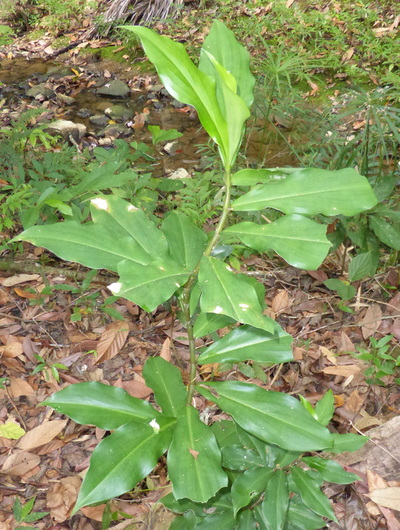
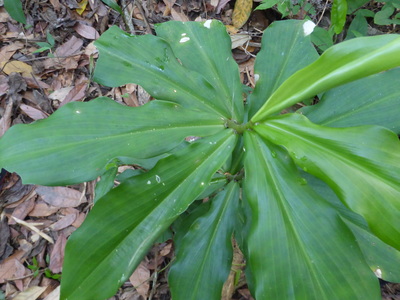
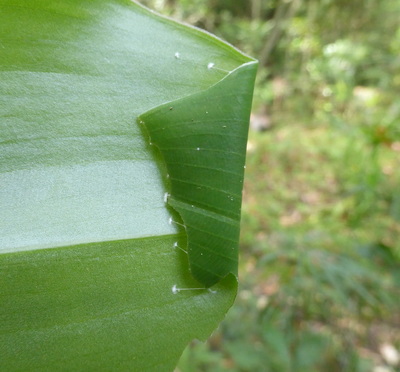
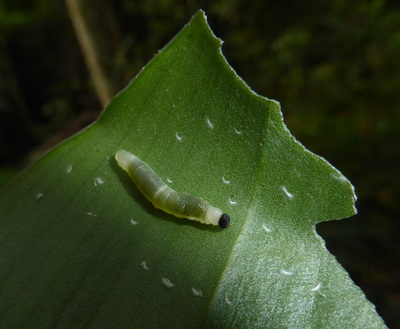
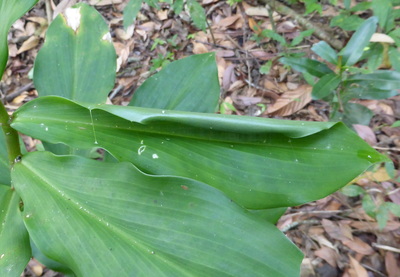
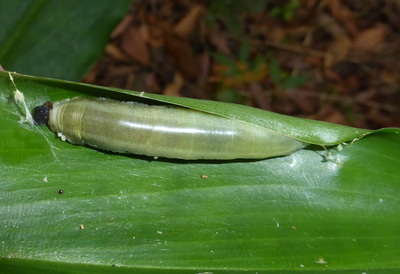
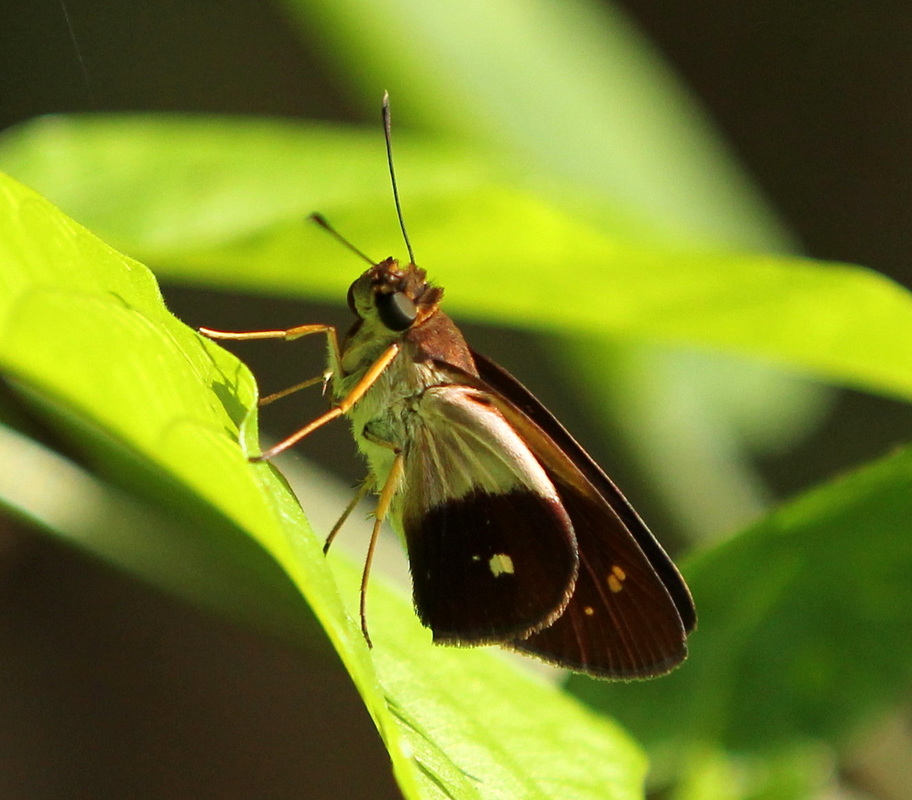

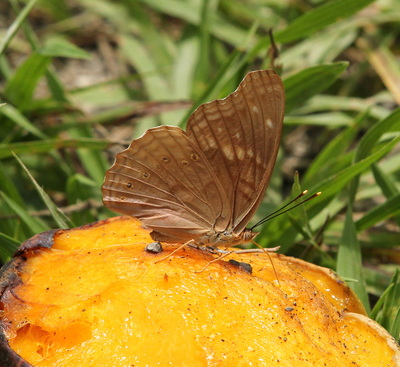
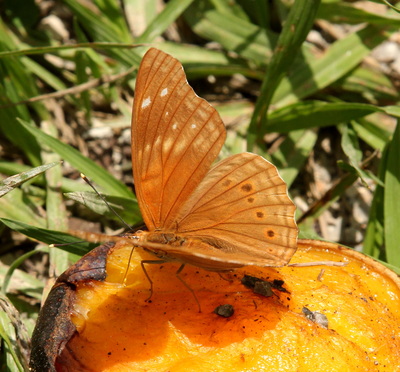
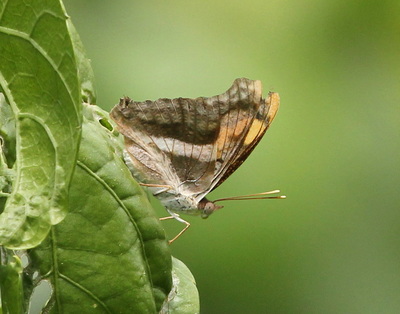
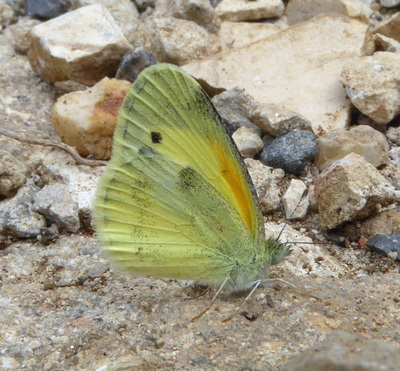
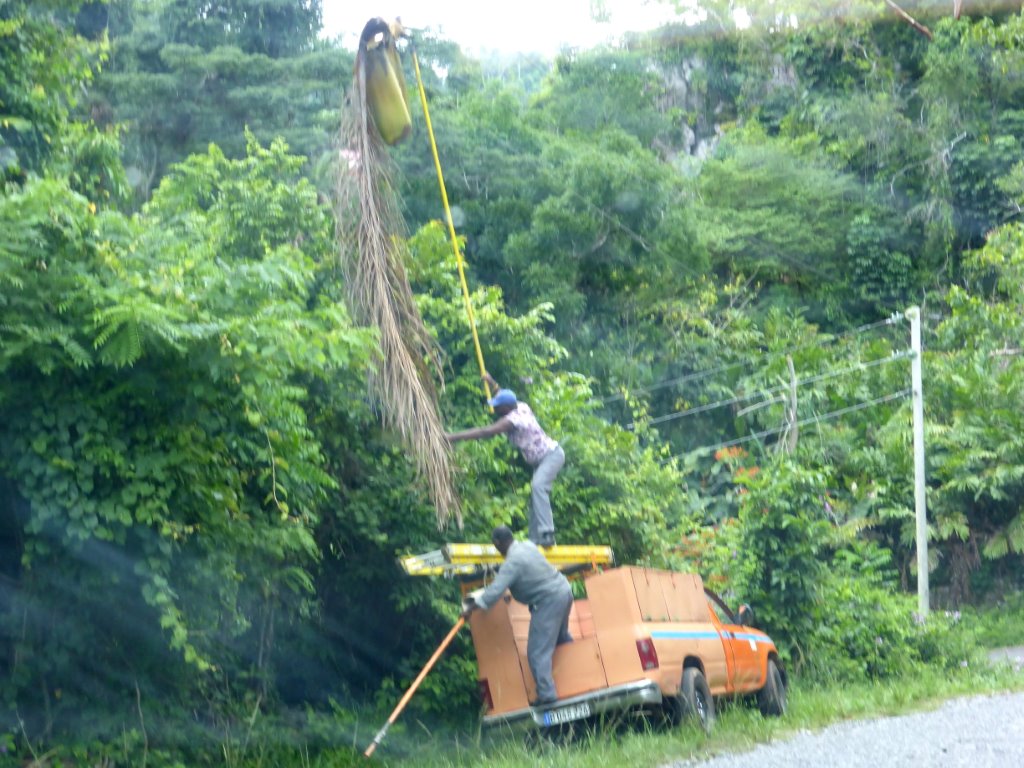
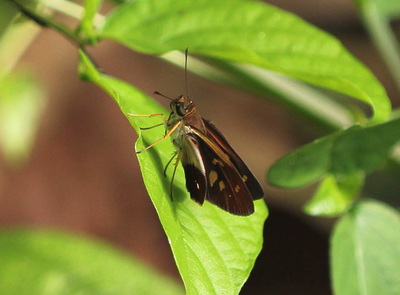
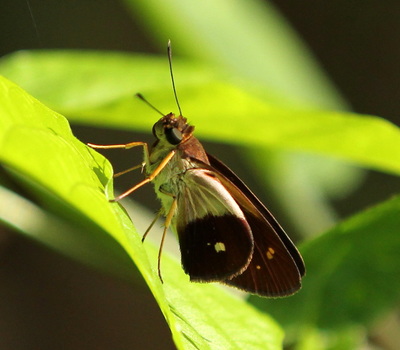
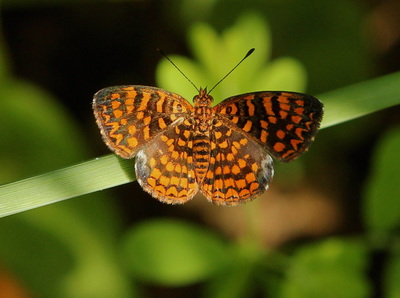
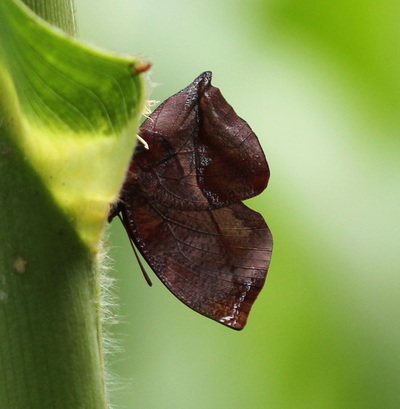
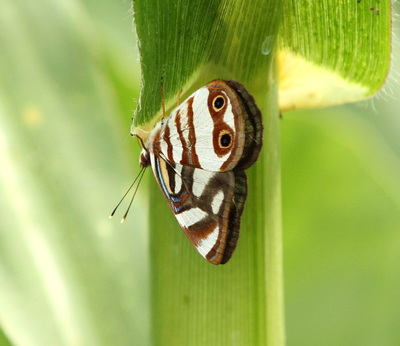
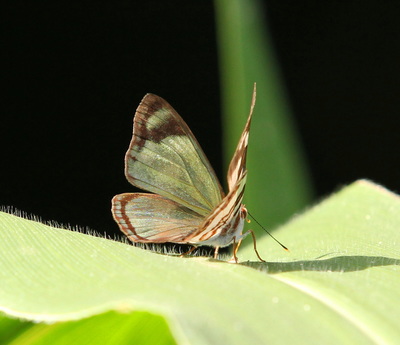
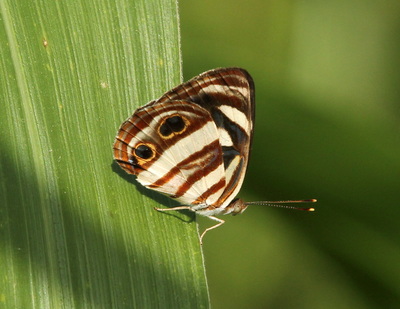
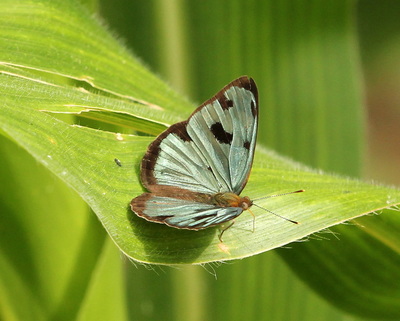
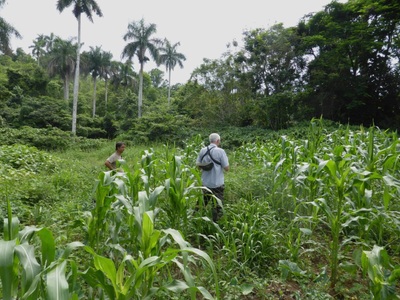
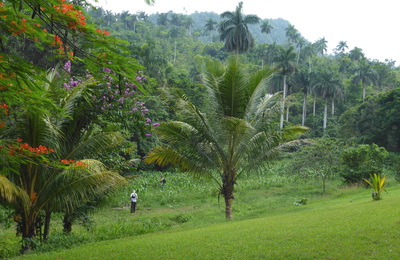
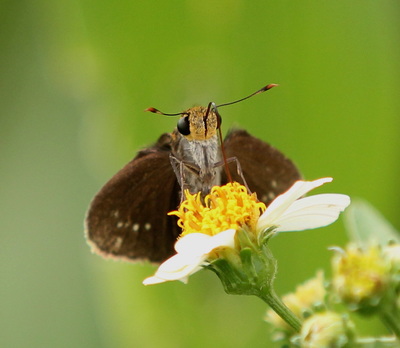
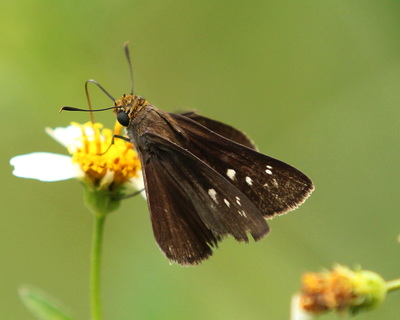
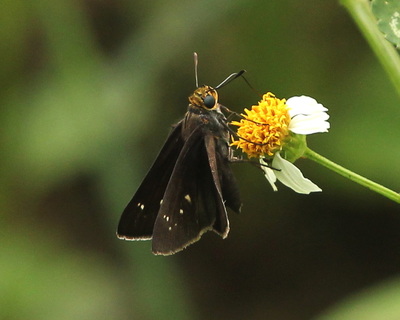
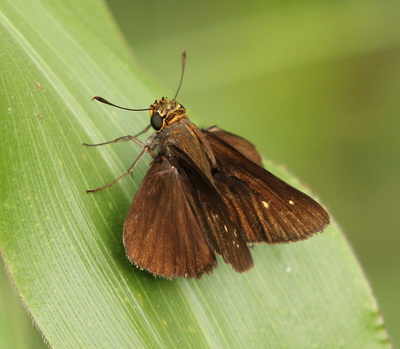
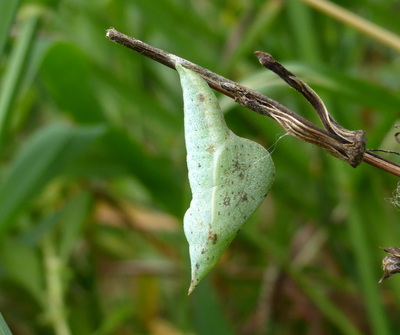
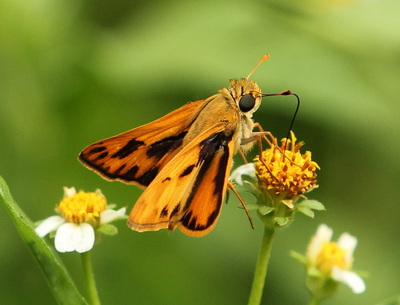
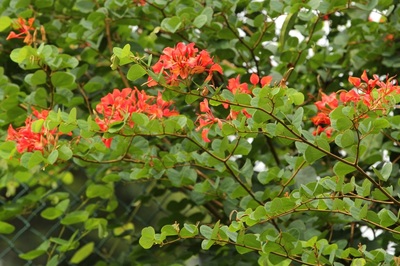
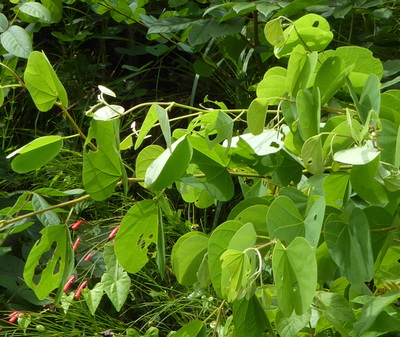
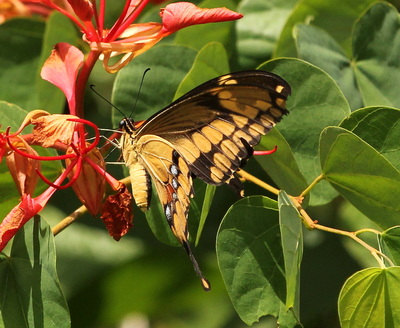
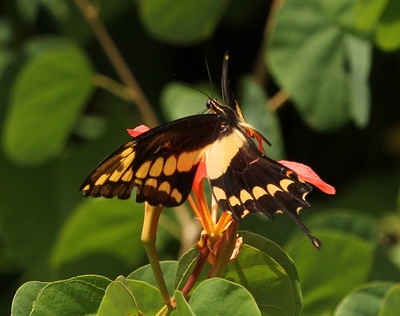
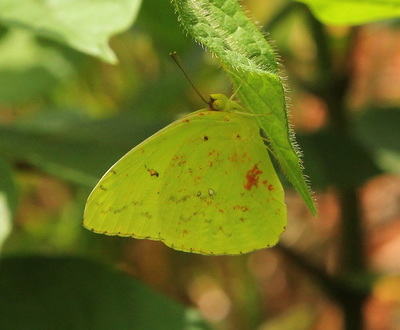
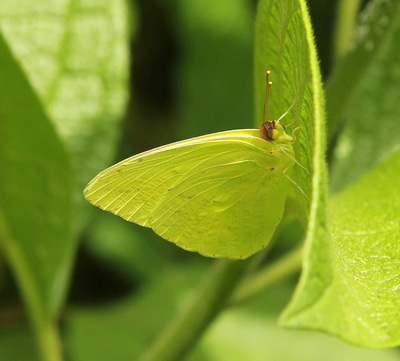
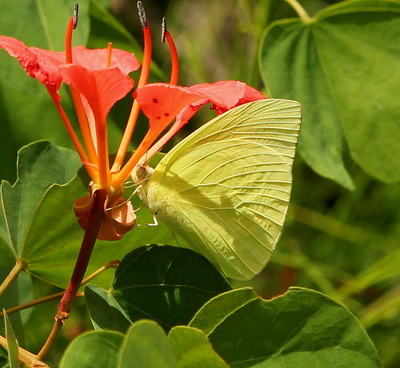
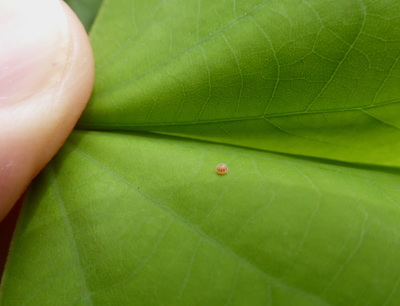
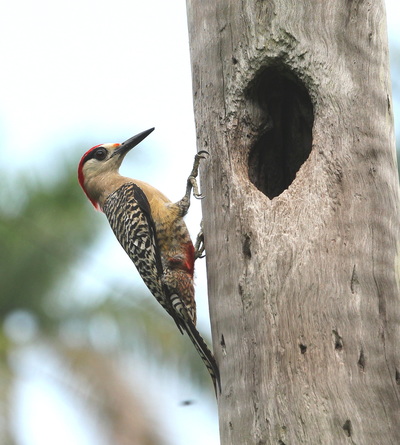
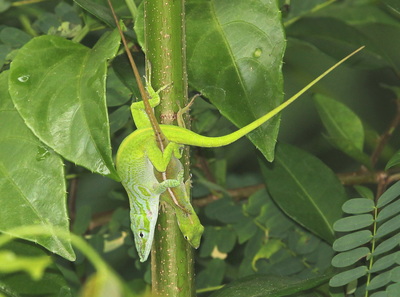
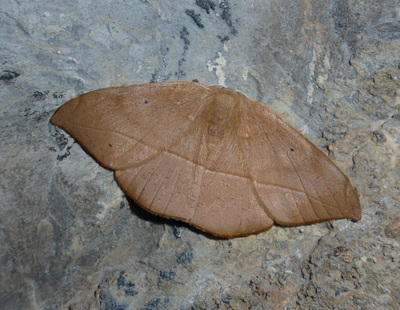
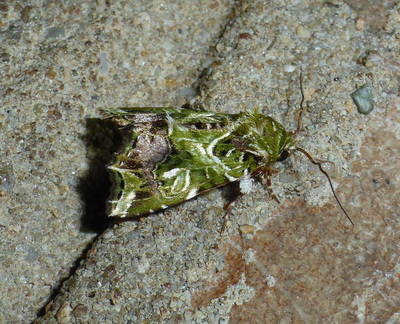
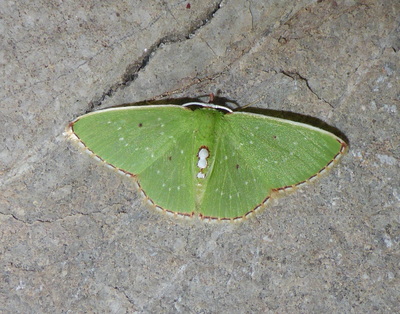
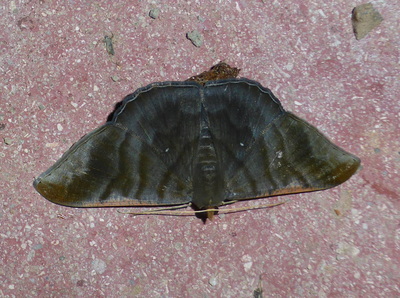
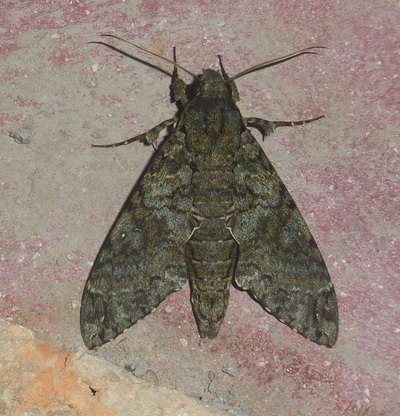
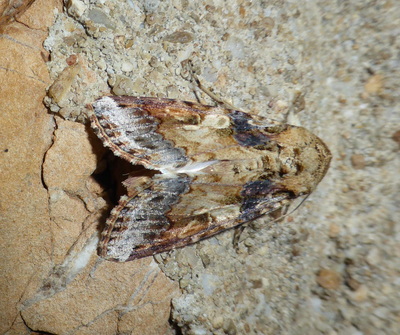
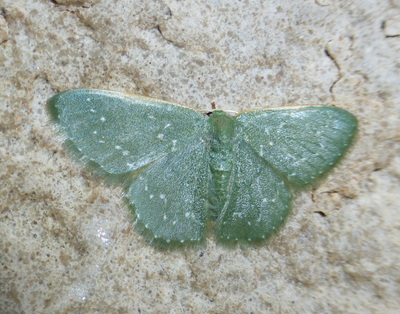
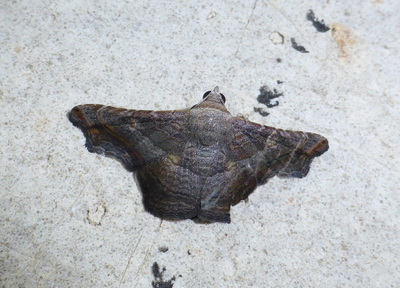
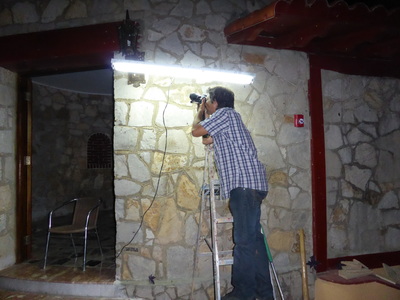
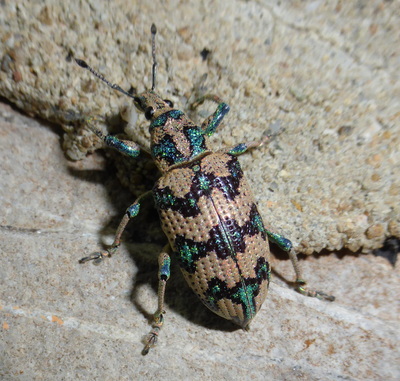
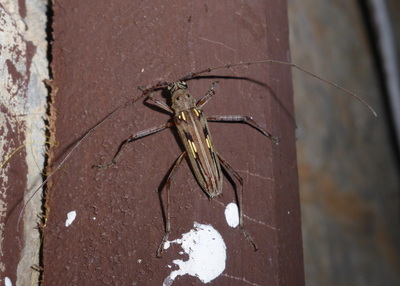
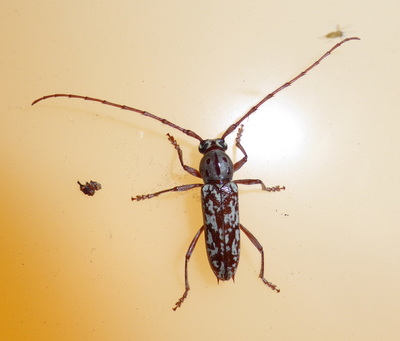
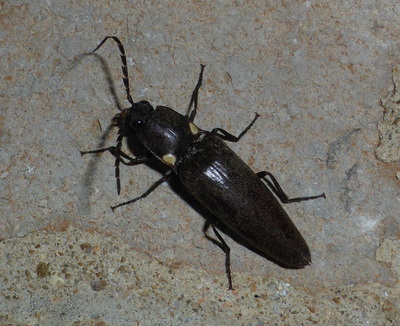
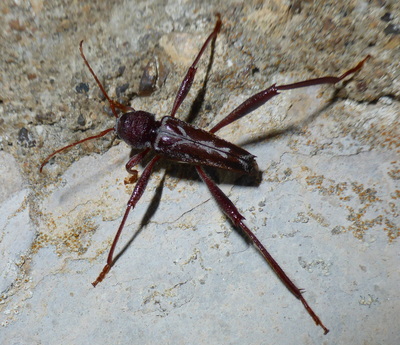
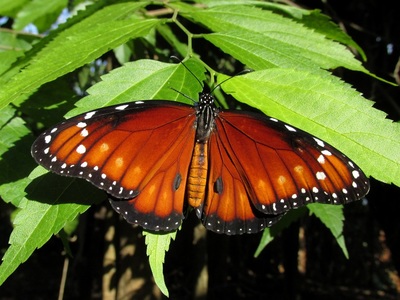
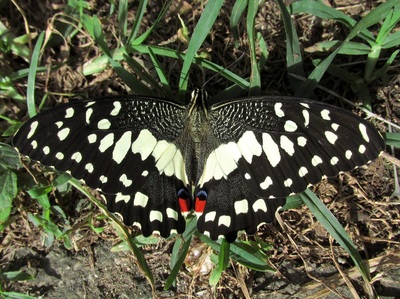
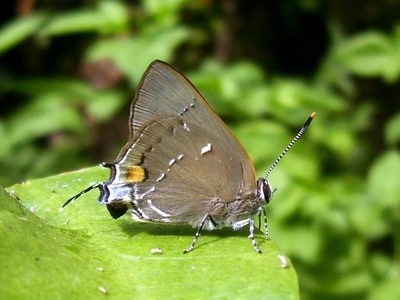
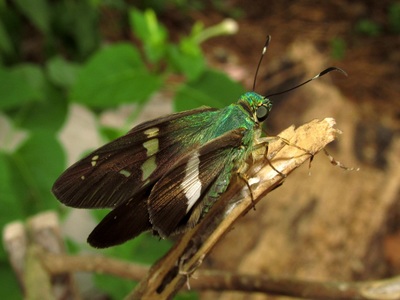
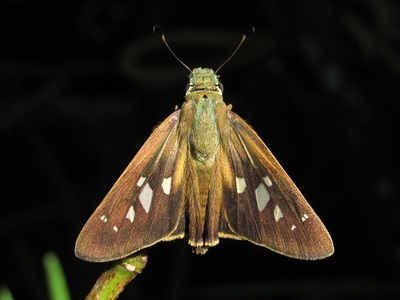
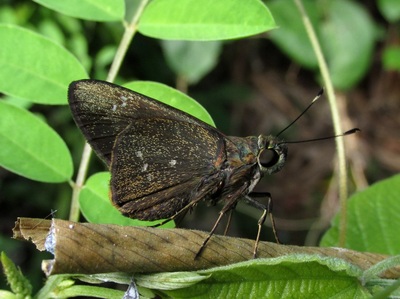

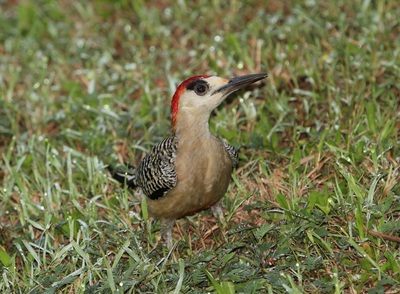
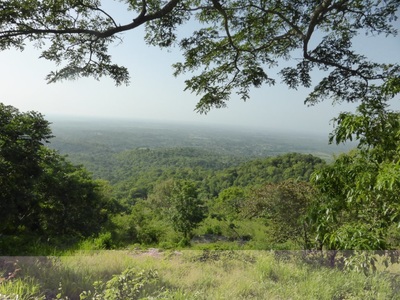
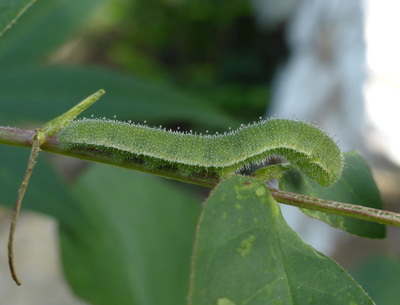
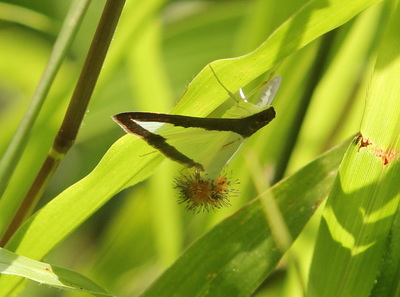
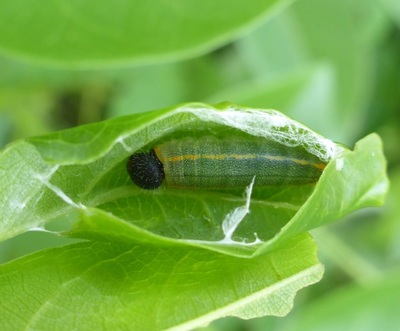
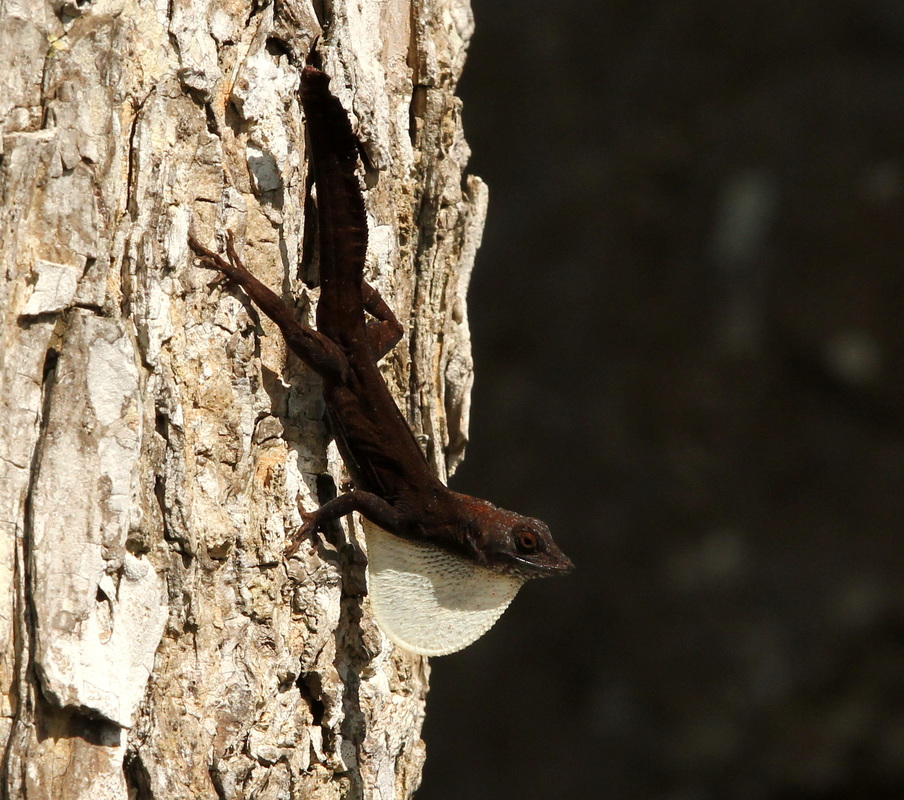
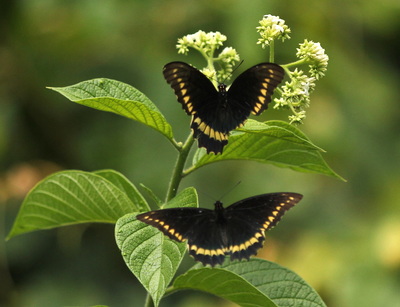
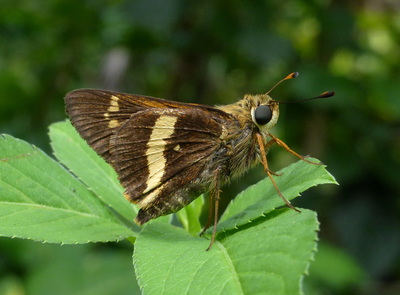
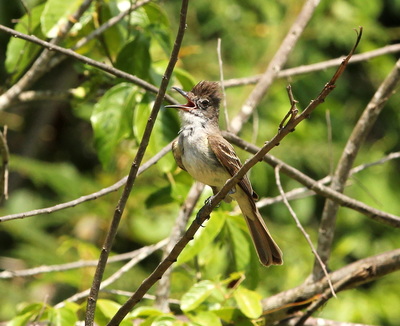
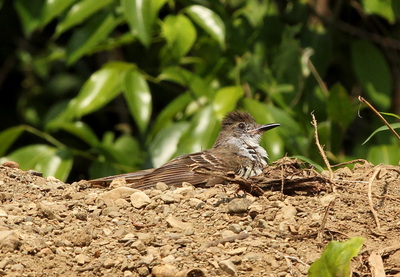
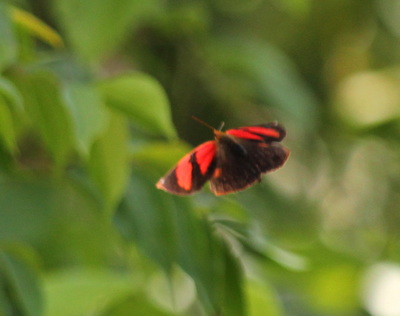
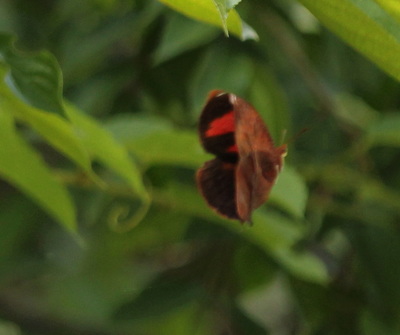
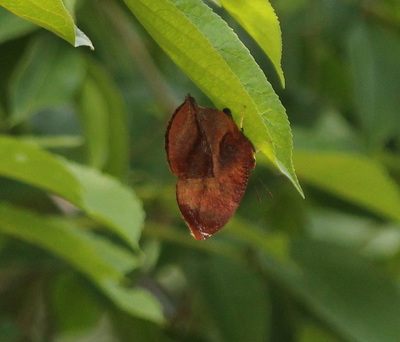
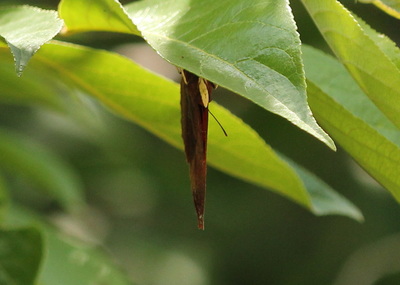
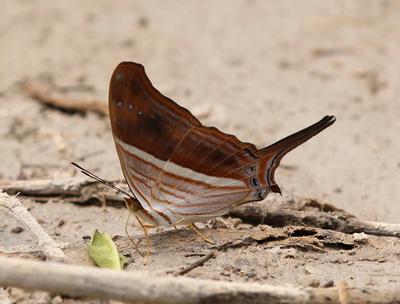
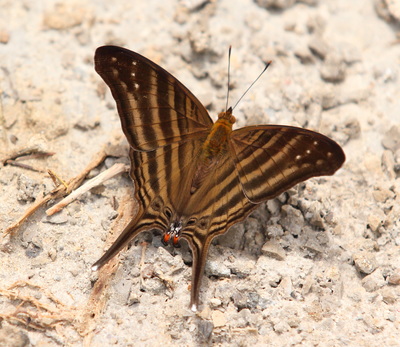
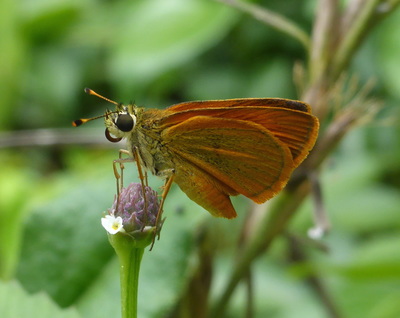
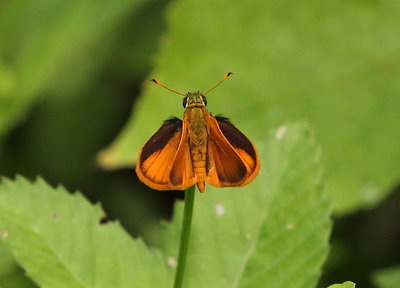
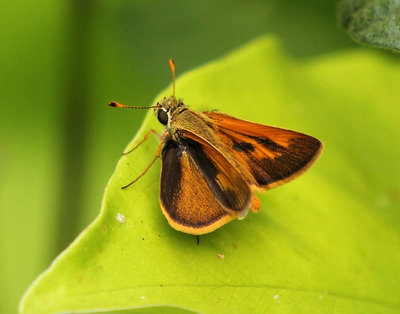

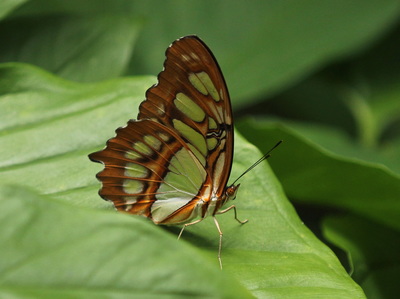
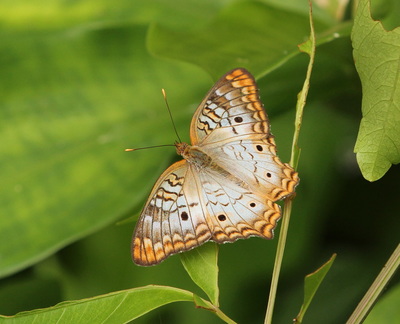
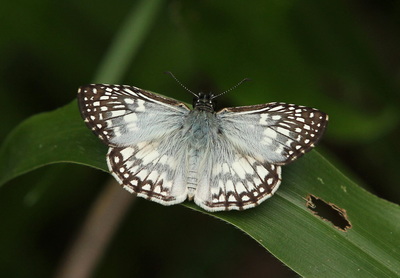
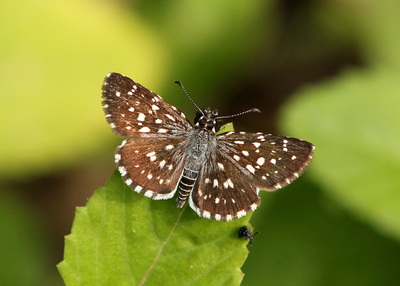
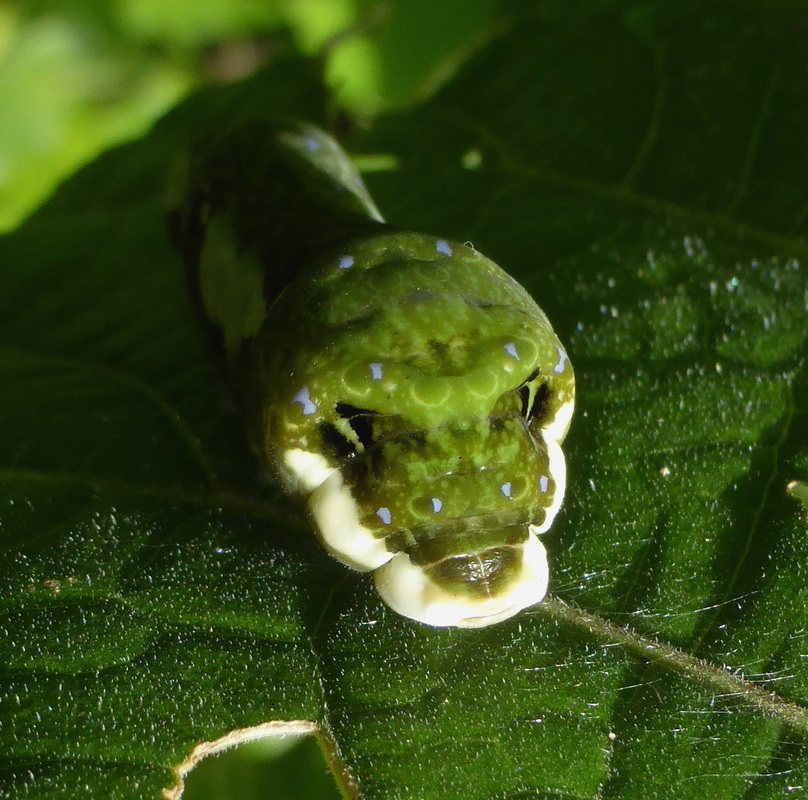
 RSS Feed
RSS Feed